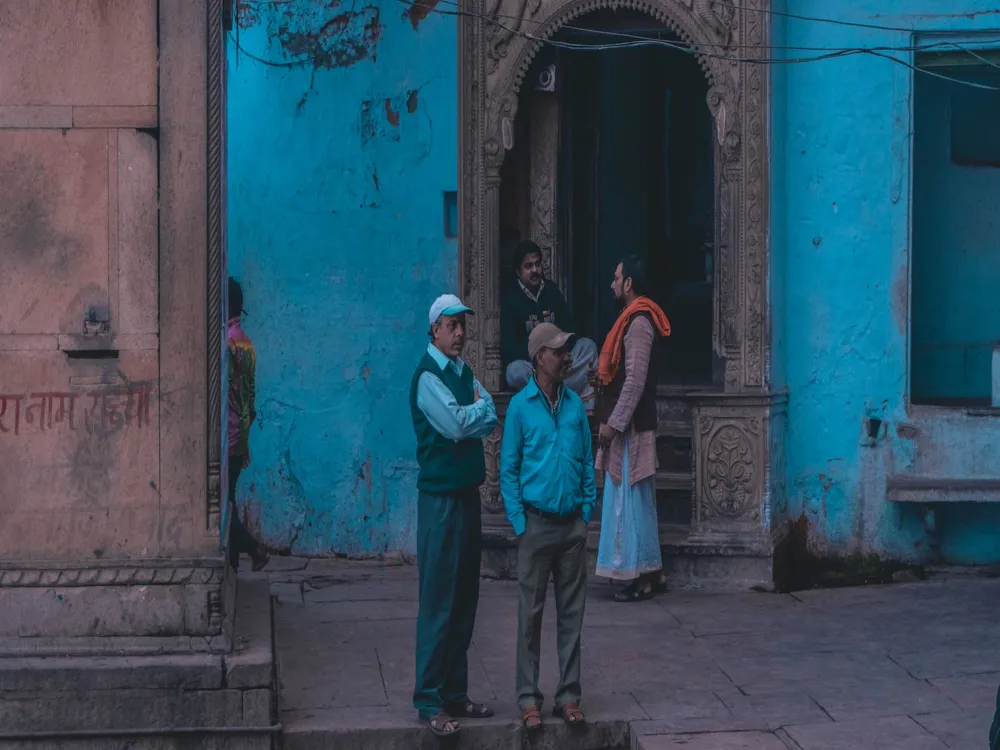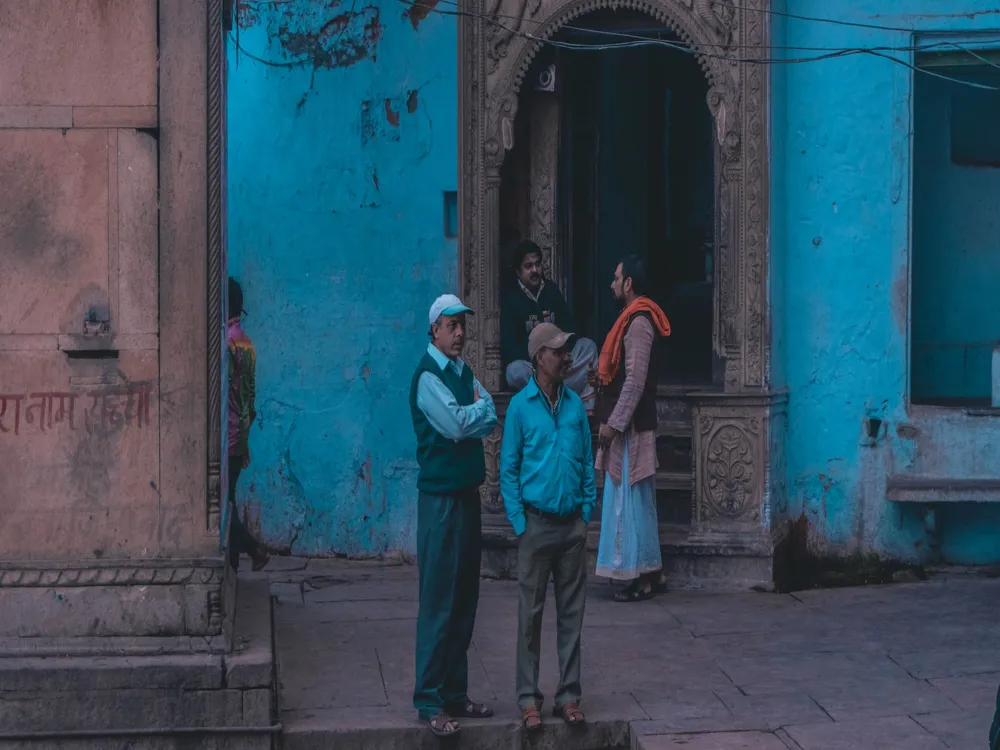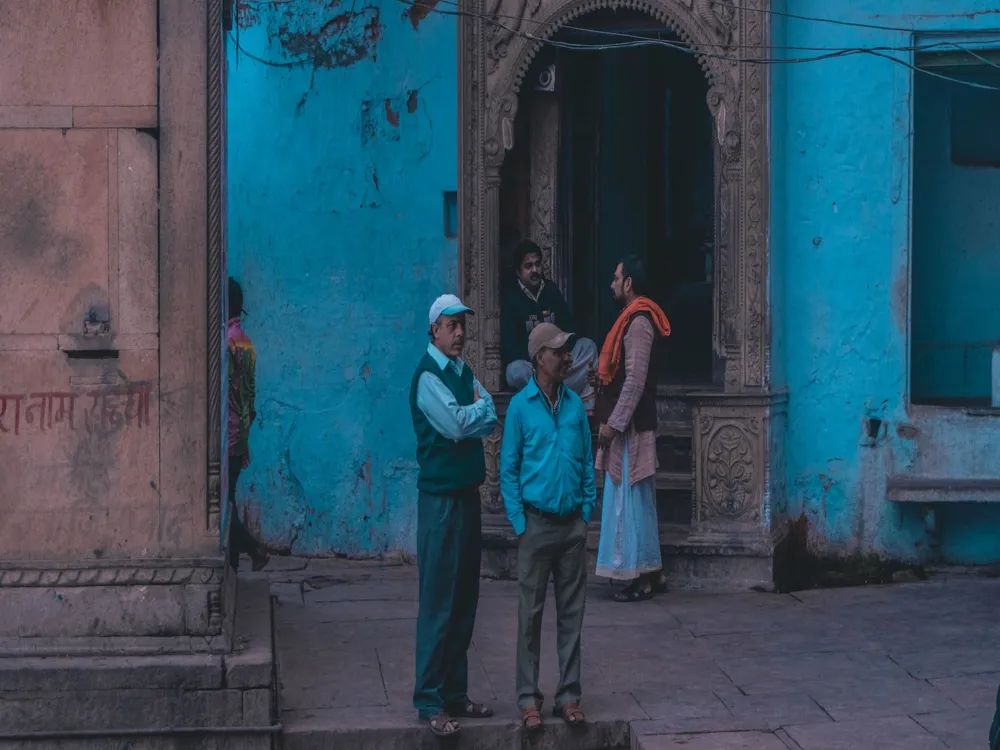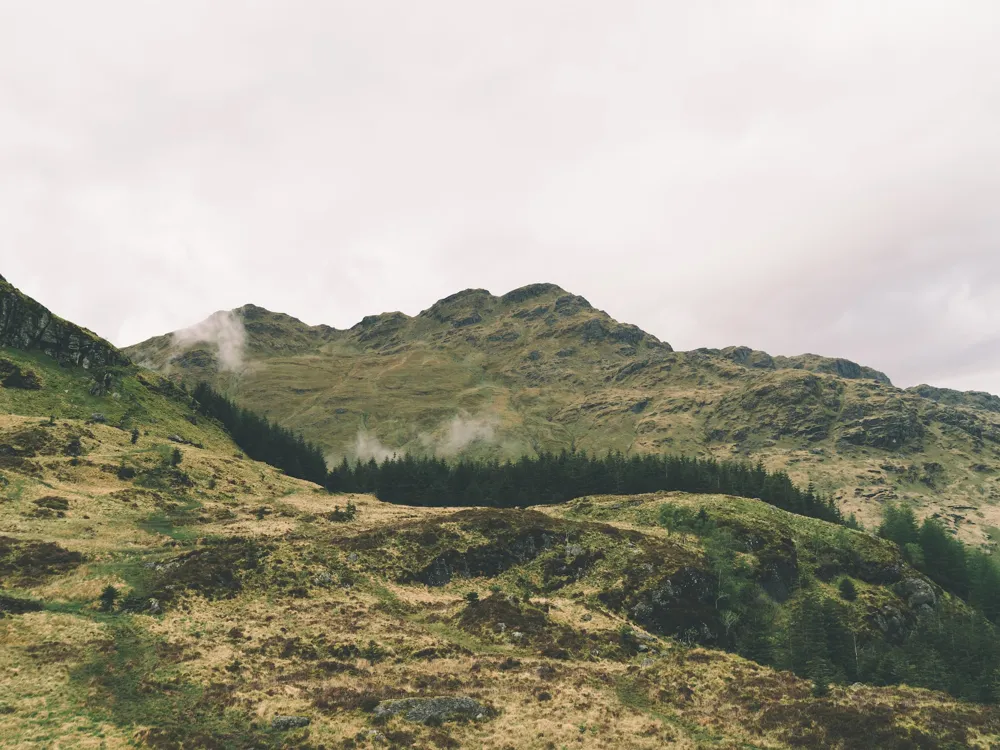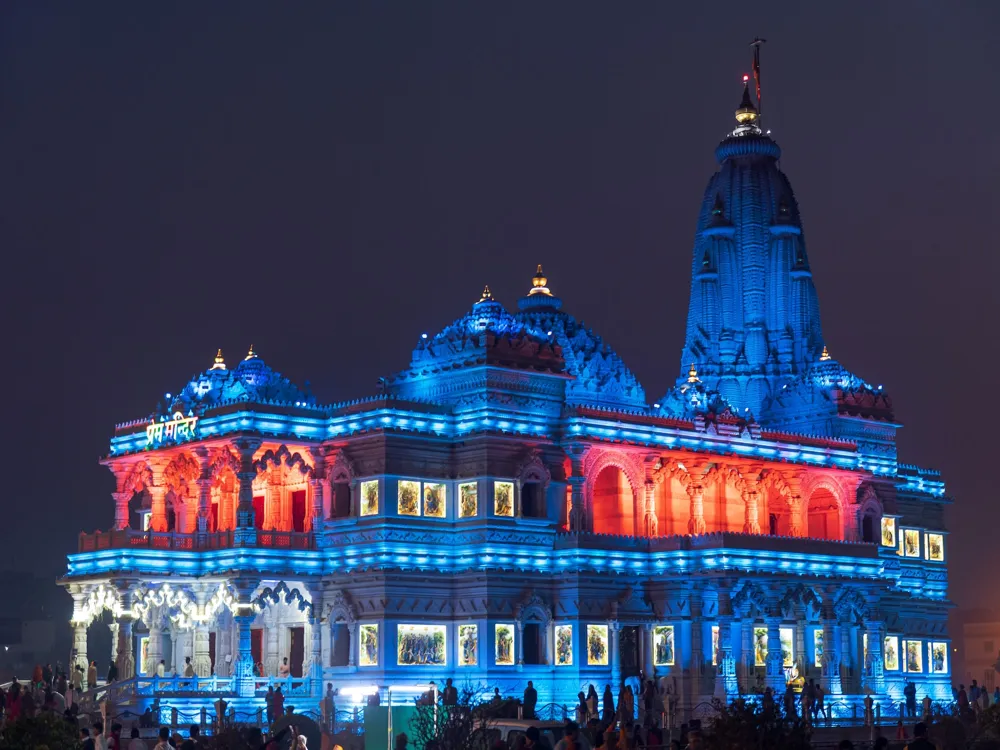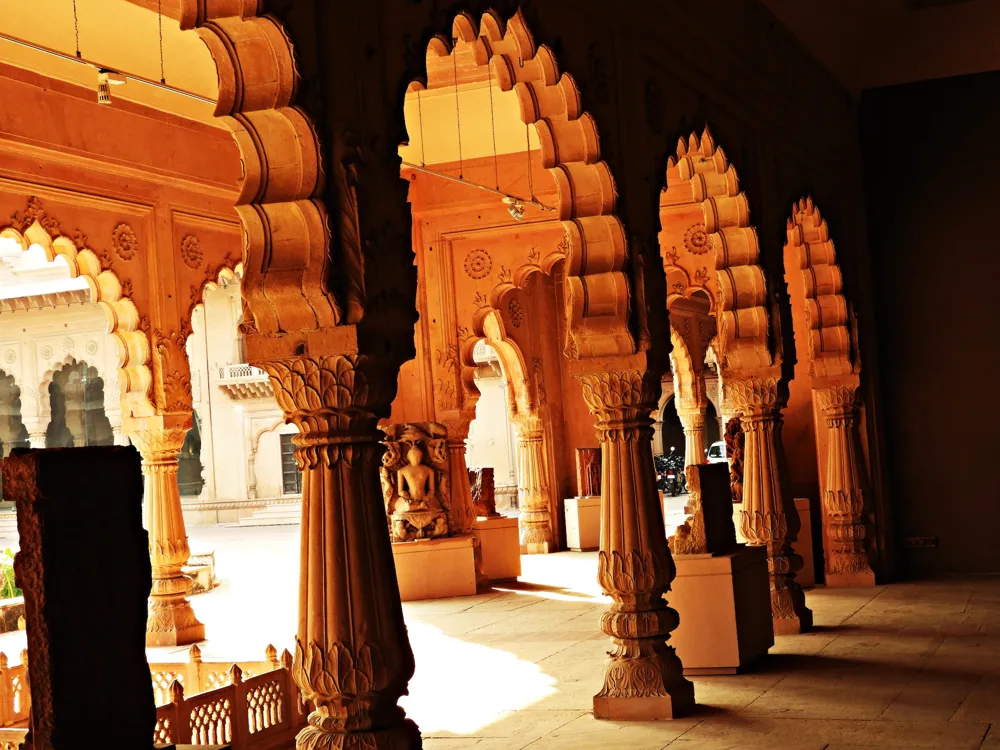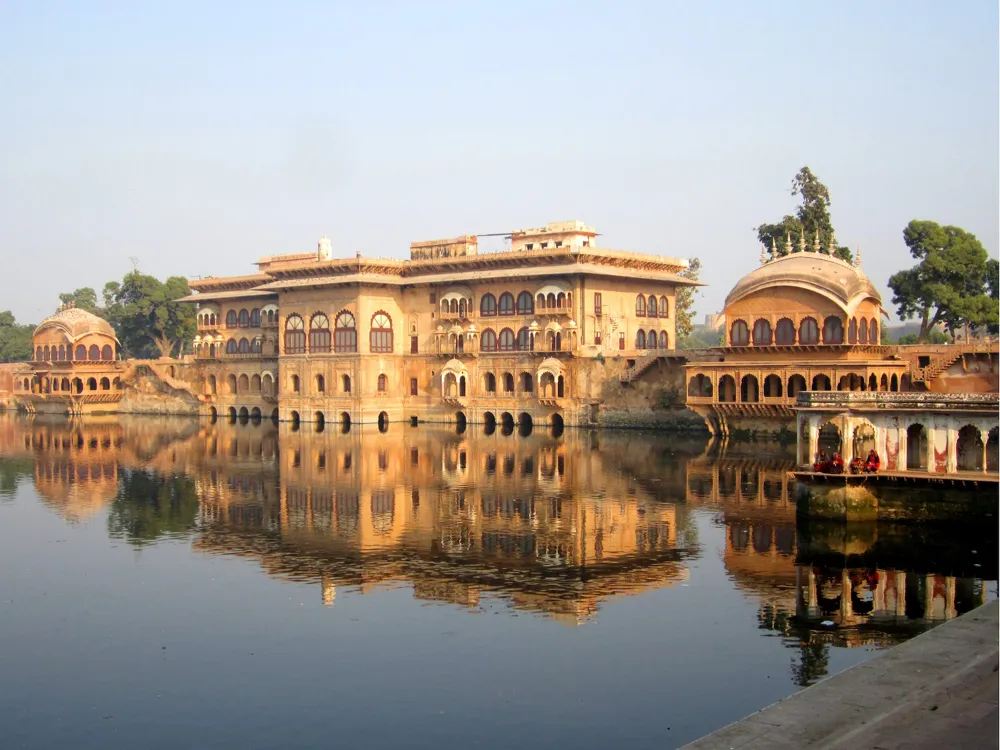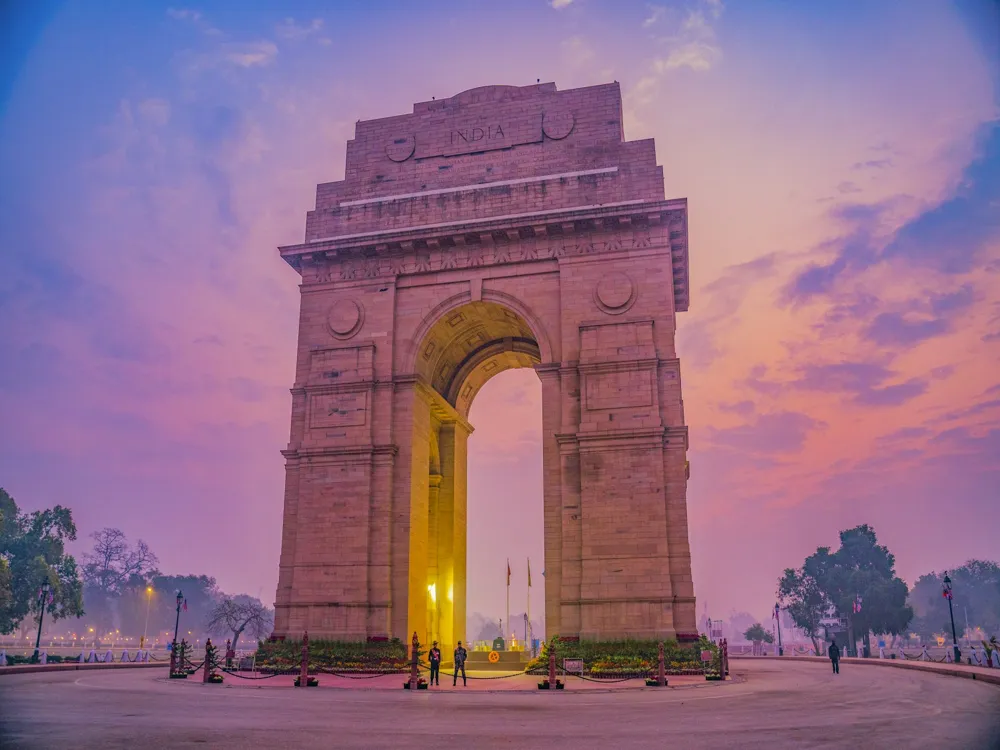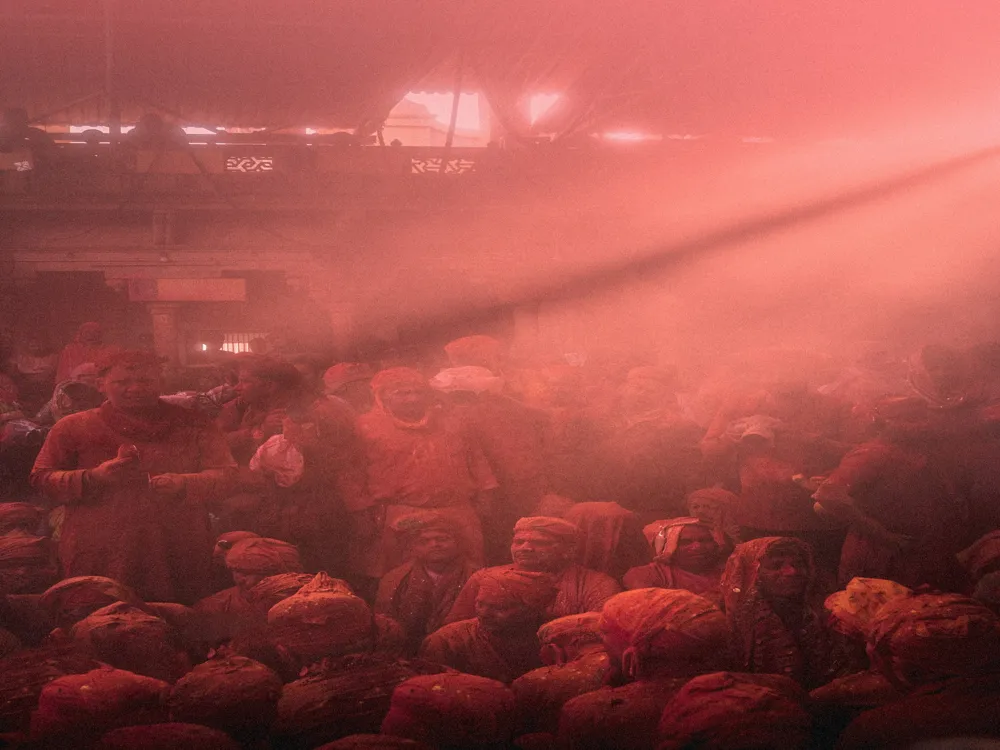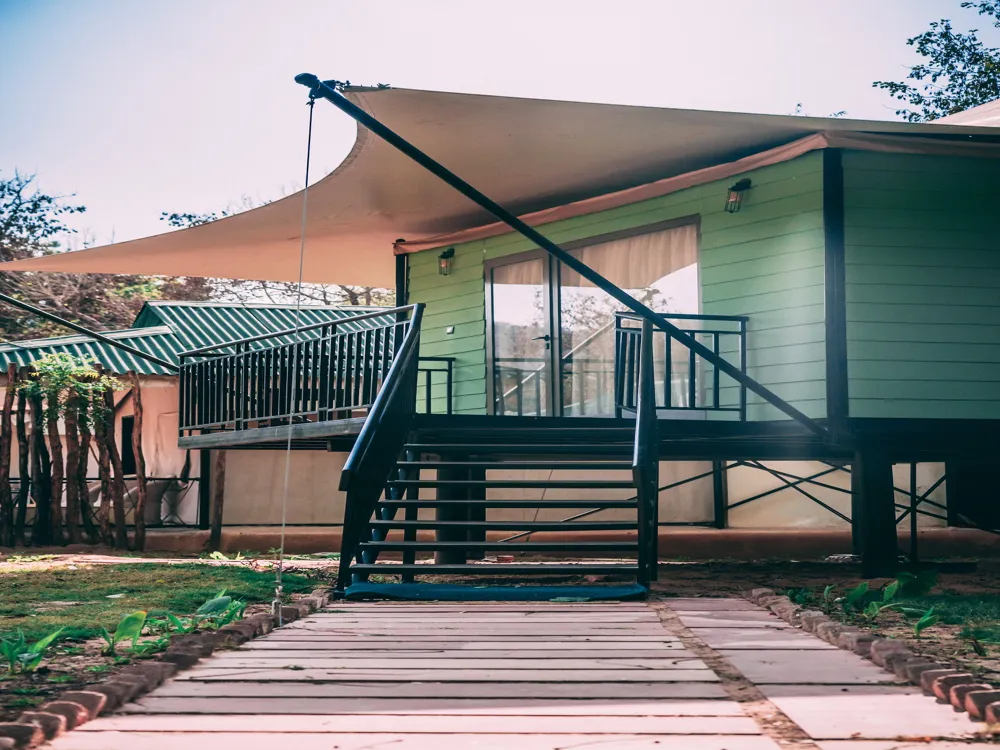The Mathura Museum, also known as the Government Museum, is a beacon of cultural and historical significance located in the heart of Mathura, Uttar Pradesh. Established in 1874, the museum stands as a testament to the rich heritage and diverse history of the region. It houses an extensive collection of artifacts that trace the development of Indian culture and civilization from its earliest times. The museum's collection is vast and varied, encompassing sculptures, coins, terracotta figures, paintings, and ancient inscriptions. Among its most prized possessions are the artifacts from the Mathura School of Art, an indigenous art form that flourished in the region around the 3rd century BC. This school is renowned for its high-relief sculptures, particularly those depicting scenes from the lives of Buddha and various Jain Tirthankaras. Additionally, the museum offers a deep dive into the history of Hinduism and Buddhism through its remarkable collection. It showcases pieces that illustrate the transition from Brahmanical to Buddhist iconography, thus providing insights into the religious and philosophical evolution of the era. Visitors can also explore a range of artifacts from the Gupta and Kushan periods, highlighting the artistic and cultural advancements of these times. The Mathura Museum also features a rare and extensive collection of ancient coins, including those from the Maurya, Sunga, Kushan, Gupta, and Mughal periods. These coins offer a unique perspective on the economic history, trade practices, and socio-political landscapes of different historical eras. Engaging with the artifacts and exhibits in the Mathura Museum is like taking a journey through time. Each exhibit, with its own story, contributes to the rich tapestry of India's past. For history enthusiasts, art lovers, and curious minds, the Mathura Museum presents an unrivaled opportunity to immerse themselves in the depths of ancient Indian culture and history. The architecture of the Mathura Museum is as captivating as the treasures it houses. Designed by the famed architect Sir Swinton Jacob, the museum building is a splendid example of Indo-Saracenic architecture, a style that blends elements of Indian and Saracenic (Islamic) designs. Constructed in red sandstone, the museum's façade is adorned with intricate carvings, domes, and arches that reflect the grandeur of ancient Indian palaces and Mughal architecture. The central dome of the museum, inspired by Buddhist stupas, stands as a symbol of the museum's dedication to preserving Buddhist art forms. The interior of the museum is equally impressive, with high ceilings, arched doorways, and spacious galleries that create an inviting and reflective space for visitors. Each gallery in the museum is designed to showcase its exhibits in the best light, with careful consideration given to lighting, spacing, and display. The layout of the museum facilitates an intuitive journey through the various historical periods and art forms, ensuring that visitors have an enriching and educational experience. The museum's gardens are another highlight, offering a serene environment where visitors can ponder the rich history they have just encountered. The lush greenery, interspersed with sculptures and ruins, provides a perfect backdrop for contemplation and relaxation. This harmonious blend of architecture, landscaping, and art makes the Mathura Museum a unique and memorable destination. Before visiting the Mathura Museum, it's advisable to check the museum's official website or contact the museum for the latest information on opening hours and any special exhibits or events. Planning your visit during non-peak hours can provide a more tranquil experience. Consider opting for a guided tour to enhance your understanding of the exhibits. Knowledgeable guides can provide in-depth insights into the history and significance of the artifacts, making your visit more informative and engaging. Photography might be restricted in certain areas of the museum. Always check the museum's photography policy beforehand and respect any restrictions during your visit. Dress comfortably yet conservatively, keeping in mind the cultural norms of the region. Comfortable walking shoes are recommended, as you will likely be on your feet for an extended period of time. The museum is equipped with facilities like restrooms and a cafeteria. Ensure to inquire about accessibility options if you have any special needs. The Mathura Museum is well-connected and easily accessible by various modes of transport. The nearest airport is Agra Airport, located approximately 60 kilometers away. From there, you can hire a taxi or take a bus to Mathura. The museum is also well-connected by train, with Mathura Junction being a major railway station nearby. For those preferring to drive, Mathura has a good network of roads connecting it to major cities like Delhi, Agra, and Jaipur. Local transport in Mathura includes buses, autorickshaws, and taxis, which are readily available for commuting to the museum. For a more local experience, you might also consider hiring a bicycle or rickshaw for short distances. Read moreOverview of Mathura Museum, Uttar Pradesh
Architecture of Mathura Museum
Tips When Visiting Mathura Museum
Planning Your Visit
Guided Tours
Photography
Dress Appropriately
Facilities and Accessibility
How To Reach Mathura Museum
Mathura Tourism
Best Time to Visit Mathura
How to Reach Mathura
Things To Do Mathura
Mathura Museum
Mathura
Uttar Pradesh
₹ 8,999 onwards
View mathura Packages
Weather :
Tags : Museum
Time Required : 1-2 hrs
Timings : 10:30 AM - 4:30 PM
Closed on Monday and Public Holidays
Planning a Trip? Ask Your Question
Mathura Travel Packages
View All Packages For Mathura
Top Hotel Collections for Mathura

Private Pool

Luxury Hotels

5-Star Hotels

Pet Friendly
Top Hotels Near Mathura
Other Top Ranking Places In Mathura
View All Places To Visit In mathura
View mathura Packages
Weather :
Tags : Museum
Time Required : 1-2 hrs
Timings : 10:30 AM - 4:30 PM
Closed on Monday and Public Holidays
Planning a Trip? Ask Your Question
Mathura Travel Packages
View All Packages For Mathura
Top Hotel Collections for Mathura

Private Pool

Luxury Hotels

5-Star Hotels

Pet Friendly







